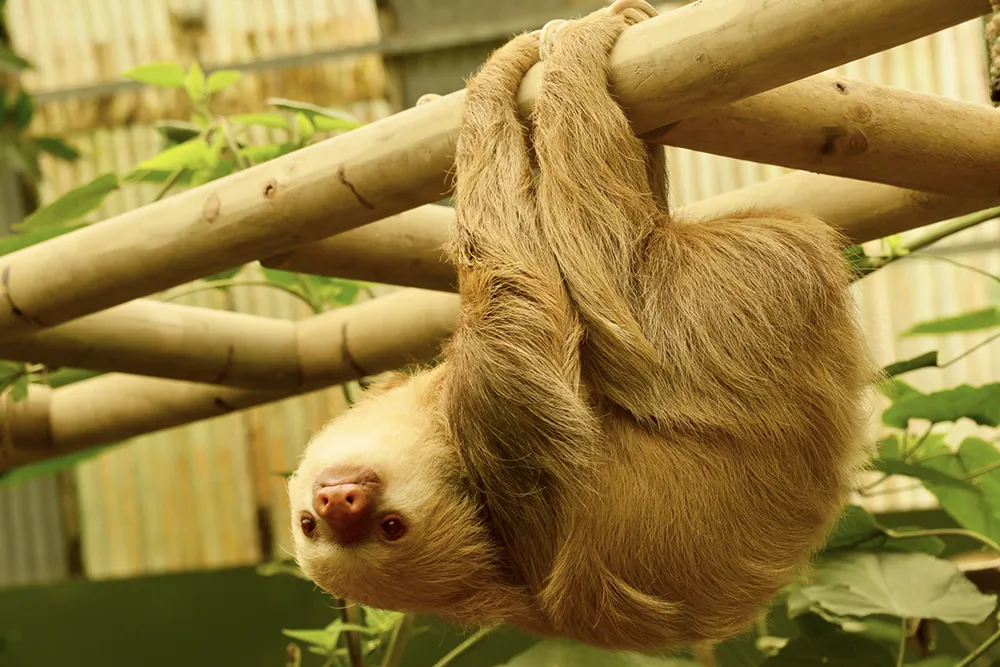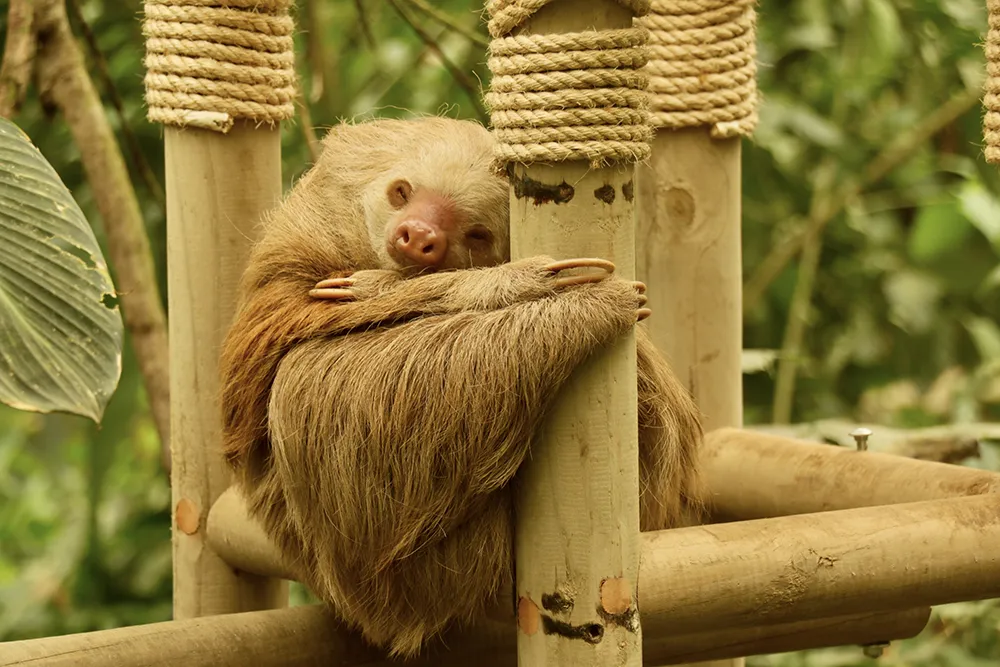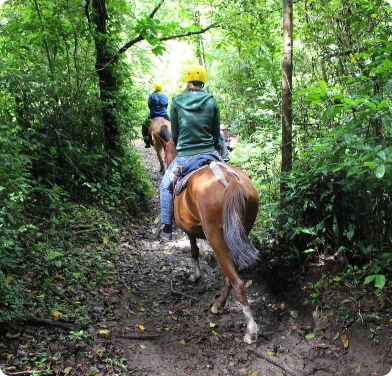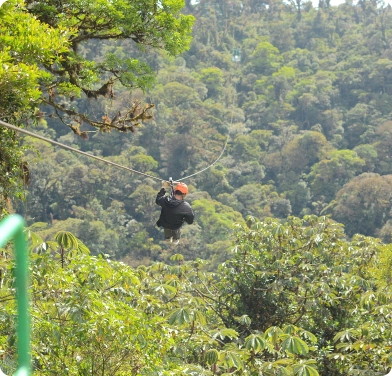Sloth Sanctuary Tour
The Sloth Sanctuary Tour was born through cooperation with Caribbean Sloth Sanctuary, a foundation that has worked on the rescue, conservation, reintroduction (if it may be an option), and monitoring of sloths in their natural habitat for over 20 years.
These beautiful mammals have arrived at the sanctuary as refugees from the effects of poaching, habitat destruction, orphanages, diseases, and accidents, among other reasons that prevent them from being reintroduced to their natural habitat.
In this tour, you’ll visit the sanctuary, which simulates a natural environment, where sloths can move freely along specially created paths through the foliage of the exhibit.
You will learn about the fascinating history and behavior of sloths while searching for some of the 20 individuals that inhabit the sanctuary, a group which include both of the two species of sloth found in our country.
Watching from a safe distance, you’ll be able to see these slow-moving creatures going about their lives free from stress, and giving you a chance to connect with one of Costa Rica’s national symbols all while supporting the protection and preservation of this species.
Important Notes:
- This is a natural sanctuary, not a zoo, and you can learn the difference from the team at the sanctuary.
- The visit itself takes approximately 45 minutes, with the remainder covering transportation time
Name tourist
Name tourist
Fantastic Trip
is simply dummy text of the printing and typesetting industry. Lorem Ipsum has been the industry’s standard dummy text ever since the 1500s, when an unknown printer took a galley of type and scrambled it to make a type specimen book. It has survived not only five centuries, but also the leap into electronic typesetting
Name tourist
Name tourist
Fantastic Trip
is simply dummy text of the printing and typesetting industry. Lorem Ipsum has been the industry’s standard dummy text ever since the 1500s, when an unknown printer took a galley of type and scrambled it to make a type specimen book. It has survived not only five centuries, but also the leap into electronic typesetting



.webp)


